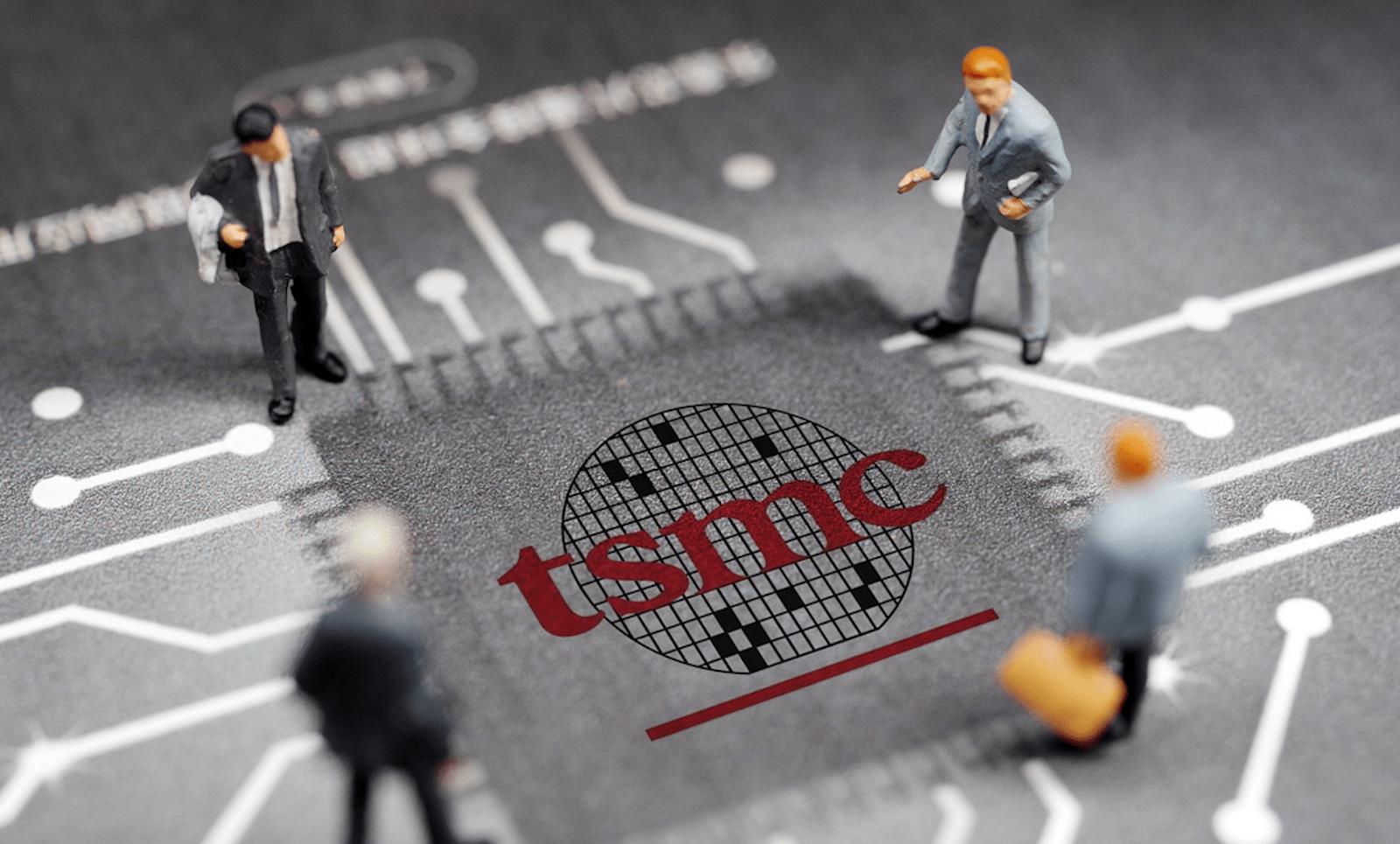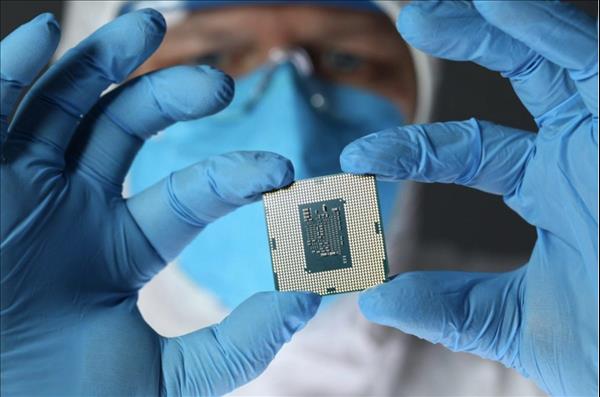
China On Course To Elude US Chip-Making Equipment Bans
Chinese tech giant Huawei's attempt to make semiconductors without American equipment has generated global headlines as the US-China tech war takes yet another turn.
It is one more strong hint – if any were needed – that the US government is in the process of creating a competitor that it won't be able to control while forcing American companies to abandon a massive market that until now has supported their sales, profits, economies of scale and stock prices.
Geopolitics have overridden America's past devotion to open markets and the situation is not likely to change anytime soon as long as current political structures and mentalities prevail.
The US is intent on rebuilding its own semiconductor industry and denying China technology with advanced military or other national security-related applications – the first and prime example being Huawei's telecom equipment. So what can China do about America's sanctions and bans?
It has been widely reported that China cannot make leading-edge semiconductor devices without EUV lithography equipment from ASML of the Netherlands and electronic design automation (EDA) tools from Synopsis and Cadence of America or Siemens (Mentor Graphics) of Germany.
It's also been reported that China couldn't make semiconductors at all without production equipment from America's Applied Materials and Lam Research or inspection equipment from the California-based KLA.
On the one hand, this is true – but only to a certain extent. On the other, China is potentially in an even weaker position than reported, at least in the short run.
There is only one country that, if forced to, could make semiconductors independently: Japan. The others, including the US, are missing large parts of the semiconductor supply chain.
Why is it that South Korea and Taiwan, both of which have built the most competitive integrated circuit (IC) foundry and memory IC businesses in the world, make almost no semiconductor-making equipment indigenously?
It's not because their scientists, engineers and technologists lack the talent or the two countries lack the manufacturing capability. The main reason, rather, is that it would not be economically efficient as the barriers to entry are still very high.

TSMC makes chips but virtually no chip-making equipment. Image: Facebook
Why do the Japanese rely on Taiwan Semiconductor Manufacturing Company (TSMC) and American-made EDA tools and use heaps of equipment from Applied Material, Lam Research and KLA?
Answer: Because it is more efficient and cost-effective, and they have long-standing trustworthy relationships with those and other companies in America, Europe, Taiwan and South Korea that have proven profitable over the years.
This, of course, is how the theory of comparative advantage is supposed to work in a free market-driven global economy.
China has taken advantage of that global market system while implementing an aggressive mix of mercantilism and intellectual property (IP) theft. Now, it is gradually and systematically being excluded from key sectors of the system.
It is not entirely accurate to say Japan and South Korea did the same thing on their way to the technological top. Both were and are American allies with US forces stationed on their territories. China is a rival and has been ever since the US took the side of the Nationalists in China's civil war.
It is interesting but irrelevant to recall that Alexander Hamilton and other early American leaders recommended and from Britain and Europe. If anything, the lesson of history is: Look out for No 1.
For China, that means double down on industrial policies to develop advanced technologies. Semiconductors are China's tech weakness and that is where Beijing's focus will remain until it can solve the problem of American interference and sanctions. As in the US, economic efficiency will take a certain back seat to military and national security matters.
As noted by Rakesh Kumar, professor in the Electrical and Computer Engineering department at the University of Illinois, recently told magazine:
Technological workarounds are already bridging the gap between China's current capabilities and the industry's leading edge. These include clever packaging and maximum use of DUV ArF immersion lithography.
Chinese chipmaker SMIC, which recently shocked the US by announcing that it had produced 7-nm chips despite being denied access to EUV equipment, is now to be advancing to more advanced 5-nm. SMIC has also started construction of a new 300mm wafer fab.

China's SMIC chipmaker is working to transcend US sanctions. Image: Twitter / Global Times
In the fields of artificial intelligence and high-performance computing, Xiangdixian Computing Technology and Moffett AI have announced new devices that they claim can replace the GPUs that Nvidia and AMD are no longer allowed to sell to China. The design rules are not as advanced (12-nm versus 4-nm for Nvidia) but they work.
The most successful Chinese semiconductor equipment maker to date appears to be AMEC, which has reportedly sold etch tools to TSMC and shipped tools to Samsung, Intel and Micron for testing. According to CS Insight and other sources, AMEC has demonstrated dielectric etch capability at 5-nm.
Meanwhile, Chinese lithography equipment maker SMEE is reportedly working on a new ArF immersion lithography tool that could, with multiple patterning, be used to make 7-nm chips.
Nikon's NSR-S635E ArF immersion scanner“Provides world-class device patterning and productivity for 5-nm node applications and beyond,” the company has said, revealing new chip-making horizons without EUV.
If successful, US efforts to stop ASML from shipping DUV lithography tools to China might be the best thing that ever happened to SMEE.
Industry association SEMI lists about 80 Chinese companies involved in semiconductor equipment research and manufacturing – and all of them can be assumed to receive government support.
Following in the footsteps of Japan, but driven by fear of escalating sanctions, China now aims to develop a complete, autonomous semiconductor supply chain.
According to IC Insights, China consumed US$186.5 billion worth of semiconductors in 2021, accounting for 36.5% of the world market. Only 17% of Chinese semiconductor demand was met by production in China and only 7% by Chinese companies.
These figures show the market opportunity for Chinese semiconductor design, manufacturing and production equipment companies, and the corresponding opportunity cost for foreign companies hamstrung by US government export restrictions. Import substitution alone can give Chinese companies economies of scale.

EDA software used in high-end chip design is the latest technology the US is trying to keep out of the hands of China. Image: Twitter
Several Chinese companies make EDA tools but none of them are yet capable of replacing the most advanced imported products that the US government recently put under sanction, as Asia Times . But industry sources note that China has imported“boatloads” of EDA tools that can be used for the next three to five years.
That appears to be China's window of opportunity. Sometime in the second half of the decade, we will know whether the US government's attempt to stifle China's semiconductor industry has succeeded or failed.
Failure seems likely, except at the leading edge, and the cost for America and its semiconductor companies will likely be very high.
Follow this writer on Twitter: @ScottFo83517667

Legal Disclaimer:
MENAFN provides the
information “as is” without warranty of any kind. We do not accept
any responsibility or liability for the accuracy, content, images,
videos, licenses, completeness, legality, or reliability of the information
contained in this article. If you have any complaints or copyright
issues related to this article, kindly contact the provider above.


















Comments
No comment